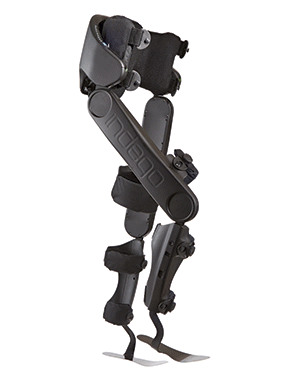The health care “system’s” problems are even worse for worker’s comp.
That’s the conclusion I reached after I finally got around to finishing “Overkill“, Atul Gawande’s latest piece on the clustermess that is the American health care system.
The top takeaway is this – there is huge over-diagnosis of medical “problems” due to an over-reliance on fancy diagnostic technology, technology that far-too-often identifies physical abnormalities that have little to no effect on one’s health or functionality.
An excerpt makes the point:
Studies of adults with no back pain find that half or more have degenerative disk disease on imaging. Disk disease is a turtle—an abnormality that generally causes no harm. It’s different when a diseased disk compresses the spinal cord or nerve root enough to cause specific symptoms, such as pain or weakness along the affected nerve’s territory, typically the leg or the arm. In those situations, surgery is proved to be more effective than nonsurgical treatment. For someone without such symptoms, though, there is no evidence that surgery helps to reduce pain or to prevent problems. One study found that between 1997 and 2005 national health-care expenditures for back-pain patients increased by nearly two-thirds, yet population surveys revealed no improvement in the level of back pain reported by patients. [emphasis added]
More specific to workers’ comp, the good folks at Liberty Mutual’s Institute for Research found claimants with back pain with:
early or non-indicated MRIs led to a cascade of medical services in the six-month period post-MRI that included electromyography, nerve conduction testing, advanced imaging, injections or surgery.
These procedures often occurred soon after the MRI and were 17 to nearly 55 times more likely to occur than in similar claims without MRI.
“Being a highly sensitive test, MRI will quite often reveal common age-related changes that have no correlation to the anatomical source of the lower back pain,” said one of the researchers, Glenn S. Pransky, MD, Center for Disability Research, which is part of the Liberty Mutual Research Institute for Safety, in a statement.
According to Pransky, evidence-based practice guidelines for lower back pain recommend against early MRI except for “red flag” indications such as severe trauma, infection or cancer.
Dr. William Gaines, associate national medical director, Liberty Mutual Commercial Insurance Claims, said that the National Committee for Quality Assurance and the American Board of Internal Medicine have emphasized for years that overuse of imaging does not represent good care for low back pain.
What does this mean for you?
Our health care system is very, very good at finding physiological and anatomical “problems”. Unfortunately, it is also very good at assuming those findings actually indicate an underlying and significant pathology.

